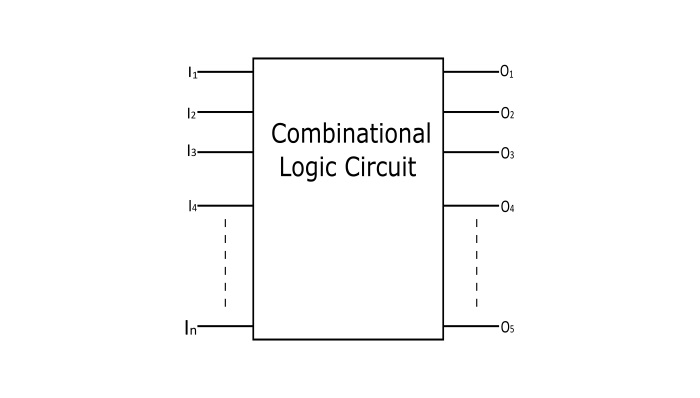
 Data Structure
Data Structure Networking
Networking RDBMS
RDBMS Operating System
Operating System Java
Java MS Excel
MS Excel iOS
iOS HTML
HTML CSS
CSS Android
Android Python
Python C Programming
C Programming C++
C++ C#
C# MongoDB
MongoDB MySQL
MySQL Javascript
Javascript PHP
PHP
- Selected Reading
- UPSC IAS Exams Notes
- Developer's Best Practices
- Questions and Answers
- Effective Resume Writing
- HR Interview Questions
- Computer Glossary
- Who is Who
Digital Circuits and Their Applications
Digital electronics is branch of electronics which deals with digital signals to accomplish the tasks. The digital signals are the signals which are represented using the binary language, i.e., 0’s and 1’s.
The digital circuits are implemented using logic gates like AND, OR, NOT, NAND, NOR, XOR and XNOR which can perform logical operations.
Digital Circuit Definition
A circuit implemented using a number of logic gate and takes the input in the binary form (0’s and 1’s) is called as Digital Circuit.
Types of Digital Circuits
- Combinational Digital Circuits
- Sequential Digital Circuits
Digital Logic Gates
A logic gate is an electronic component that is implemented using a Boolean function. The logic gates are generally designed using diode, transistors and other electronic components.

Combinational Logic Circuit
Combinational circuits are designed using various logic gates. The implementation of combinational logic circuits is made in such a way that is output depends upon the present inputs only and it is not affected by the past history of the circuit operations.

Types of Combinational Logic Circuits
Circuits to perform Arithmetic and Logical operations − Adder, Subtractor, Comparators, Programmable Logic Devices etc.
Code Converters − BCD, Binary, 7-Segment Display
- Data Transmission − Encoder, Decoder, Multiplexer, Demultiplexer
Sequential Logic Circuits
The sequential circuits consist of combinational circuits and a memory element. The sequential circuits are designed in a way that their output depends upon both the present and past inputs. The memory element is used to store the past history of the circuit operations.

Types of Sequential Logic Circuits
Asynchronous Sequential Circuits − Do not use clock signals, instead the circuit is driven by the pulses of input signal.
Synchronous Sequential Circuits − A digital circuit in which the change in the state of memory element is synchronised by the clock signal.
Examples of sequential circuits − Latches, Flip-Flops, Counters, Registers, etc.
Advantages of Digital Circuits
- High accuracy and programmability
- Storage of digital data is easy
- Immune to noise
- Can be implemented in the form of integrated circuits (ICs)
- Greater reliability and flexibility
Disadvantages of Digital Circuits
- Expensive
- Operate on digital signals only
- Complex circuitry
Applications of Digital Circuits
- Mobile Phones, Calculators and Digital Computers
- Radios and communication Devices
- Signal Generator
- Smart Card
- Cathode Ray Oscilloscope(CRO)
- Analog to digital converters (ADC)
- Digital to analog converters (DAC), etc.

